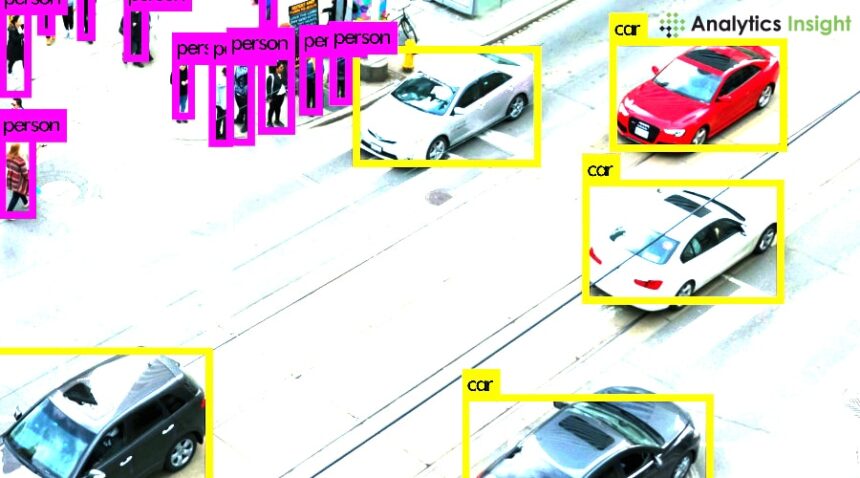Explore how big data improves video analytics strategy and boosts insights
Video analytics is a potent technology with applications in marketing, entertainment, security, and other fields. It is the process of gaining insightful knowledge from video footage. However, there are difficulties in terms of complexity, diversity, and the requirement for accuracy and efficiency due to the massive amount, variety, and velocity of video data. This is the application of big data. Big Data, which is defined by the four Vs: volume, variety, velocity, and veracity, offers the capacity to unearth obscure patterns, trends, and insights, enhancing performance and decision-making.
Integration of big data improves video analytics strategy and makes it possible to develop new goods and services. To improve the effectiveness and precision of video analytics, artificial intelligence is a key component of this integration. Thus, the Video Analytics approach is greatly improved by the integration of Big Data and Artificial Intelligence, which turns data into a strategic asset. Users may enhance their video analytics strategy and insights in several ways by combining big data and video analytics. Among these methods are:
Enhance Video Quality and Resolution:
Compression, encoding, decoding, and transcoding are examples of big data techniques that users may employ to decrease the size and improve the quality of video data. To increase the clarity and quality of video data, users can also employ big data techniques like super-resolution, interpolation, and enhancement.
Enrich Video Metadata and Context:
To reduce the amount and enhance the quality of video data, users can utilize big data techniques including compression, encoding, decoding, and transcoding. Big data techniques like super-resolution, interpolation, and augmentation may also be used by consumers to improve the clarity and quality of video data.
Expand Video Analysis and Interpretation:
Users may analyze and understand video data by using big data techniques including segmentation, classification, detection, identification, and tracking. Users may also find and comprehend patterns and links among video data by using big data approaches like clustering, association, correlation, and causation. Big data approaches like narrative, visualization, and summarizing may also be used by users to convey and display the findings and understandings from video data.
Empower Video Applications and Solutions:
Big data methods like customization, suggestion, prediction, and optimization may be used by users to develop and distribute video solutions and apps. Users may also use and mix video data with other forms of data, such as text, audio, pictures, and social media, by using big data techniques like aggregation, fusion, and integration. Users may also monitor and enhance the performance and results of video apps and solutions by utilizing big data approaches like assessment, learning, and feedback.
In summary, big data has the potential to enhance video analytics strategy and insights in several ways, including improving video quality and resolution, adding context and metadata, extending the scope of video analysis and interpretation, and enabling new applications and solutions. Users may fully realize the value and potential of video data and obtain a competitive edge in their respective fields by fusing big data and video analytics.
Source: www.analyticsinsight.net


